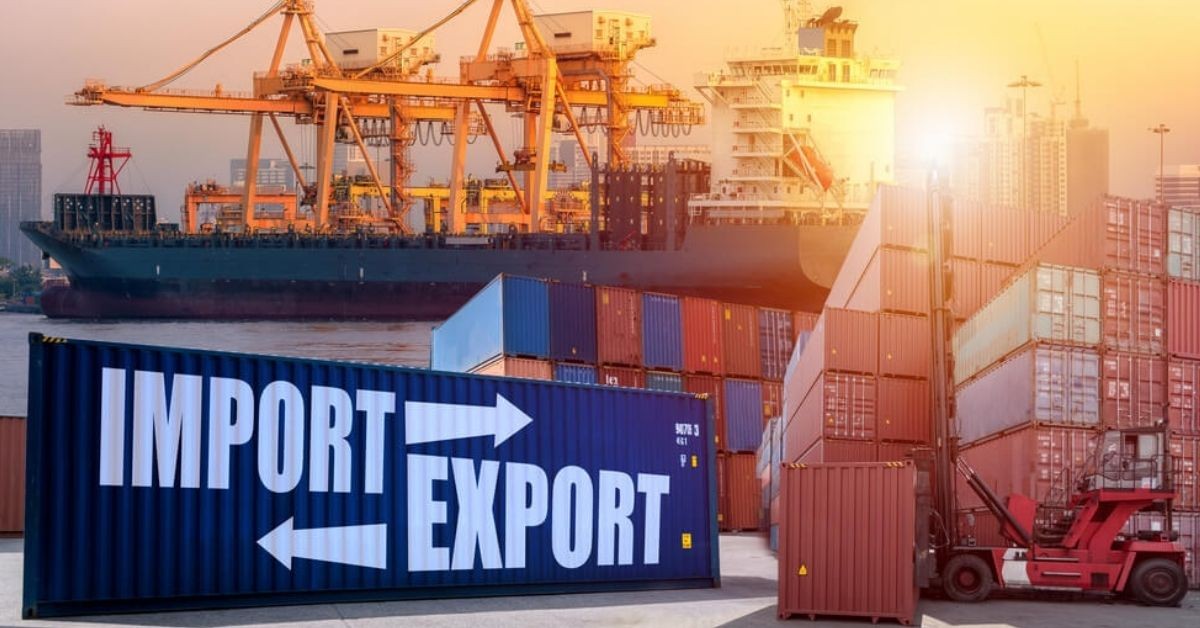Every year seems worse than the one before, and 2021 certainly wasn’t an exception. The second Covid-19 wave caused havoc the likes of which the country has rarely seen and the cost we still haven’t managed to calculate. Although the human cost, in terms of lives and livelihoods lost, was immense, the economy, which many believed would hit rock bottom, was surprisingly resilient, considering the circumstances.
When 2020 dawned, Covid-19 wasn’t something anyone knew about; there were a few murmurs about this deadly virus in China and a few stray cases elsewhere in the world. Within weeks, the first wave of what was soon declared a pandemic hit us. Even as we tried to calculate the cost of that initial wave, there were loud predictions that India would see an economic recession of historic proportions. However, that didn’t happen.
As the country tentatively relaxed lockdown norms, economic activity gathered steam.
The government announced the Atmanirbhar Bharat scheme to stimulate domestic production, even as it offered a host of schemes aimed at exporters. It was clear that the government wanted to boost India’s participation in global trade. Given the US-China commercial cold war, India hoped to be in a position to capture China’s export market share.
Despite all the assistance, it was a bad year for exporters. “In 2020, it was tough to accept the reality, and we thought the situation would improve in a matter of months,” says Prashanna Sivaraman, head of finance at Sri Kanthammal Padmanabha Modern Rice Mill in Tamil Nadu. “At the start of the pandemic, no one knew what to predict. With lockdowns and fear of the pandemic, everything was shut,” adds Sreeram Innagalla, owner and managing director of Visakhapatnam-based SriAqua Seafoods.
While there has been an overall rise in spirits despite the ravages caused by the second wave of Covid-19, exporters like Innagalla are realistic. “Even now, things are changing rapidly, and we cannot easily expand to new markets,” he says.
As much as we wish to move forward, we are dragged behind by the Covid-19 cloud. Drip Capital’s recent research report titled: “A price reversal for agricultural commodities?” discussed how problems well-known by now keep emerging in unique ways with new covid epicenters, supply chain disruptions, energy crisis, etc., just when there is hope for more consistency on the path of economic recovery. Combine this uncertainty and unpredictability with steadily rising demand and speculations around the supply of primary goods, and you have a trifecta that’s responsible for the volatility in commodity prices. This volatility matters because commodity prices form the base of almost all manufacturing activity.
It has been a particularly trying time for MSMEs. Even as the government rolled out a bouquet of schemes to help tide over the pandemic and its after-effects, MSME exporters have been buffeted by global trade problems. Container shortages, arbitrary increases in freight costs, workforce shortages at ports, and multi-nation lockdowns to prevent the spread of the pandemic are just some of the headwinds small exporters have had to face.
Freight costs have beset small exporters the most since they are at the mercy of shipping companies and don’t have the luxury of bargaining, unlike large exporters. “We have shifted to bulk shipping this year, as it is tough to get vessels,” says Sivaraman of Sri Kanthammal Padmanabha Modern Rice Mill. “Our rice trade to African nations has come to a standstill as freight costs have soared by 500-600%.” Innagalla of SriAqua agrees that freight costs have reached ‘abnormally high levels.’ But it isn’t just the freight rates. The labour shortage across ports has meant that “containers [were] stuck in different ports in the US,” says Innagalla.
What lies ahead?
If 2020 was ‘annus horribilis’ for exporters and trade in general, 2021 was supposed to be the year of hope. Now, what will 2022 bring to this sector?
The global supply chain disruption is primarily (though not entirely) a fallout of the pandemic. However, MSME exporters had other problems to deal with even before Covid-19– lack of access to credit, patchy digitization, lack of awareness of global regulations, and exposure to international markets.
Private players in the fintech space have tried to help these small exporters with trade finance and export advice. However, this is just a drop in the ocean. MSME exporters need a more focused system of trade facilitation, whether it’s to do with credit or rules and regulations. The government is not unaware of these issues, and most of its schemes aim to alleviate specific pain points, but more needs to be done in terms of impactful implementation.
As this year comes to an end, exporters are left dealing with the added shock of the pandemic and its fallout. As we enter 2022, exporters are looking forward to a better year. At the beginning of 2021, the Secretary-General of the United Nations, António Guterres, said, “We can move from an ‘annus horribilis’ to make this an ‘annus possibilitatis’ – a year of possibility and hope.” May 2022 be that year of hope, especially for the MSME sector.
Source : Economic Times






